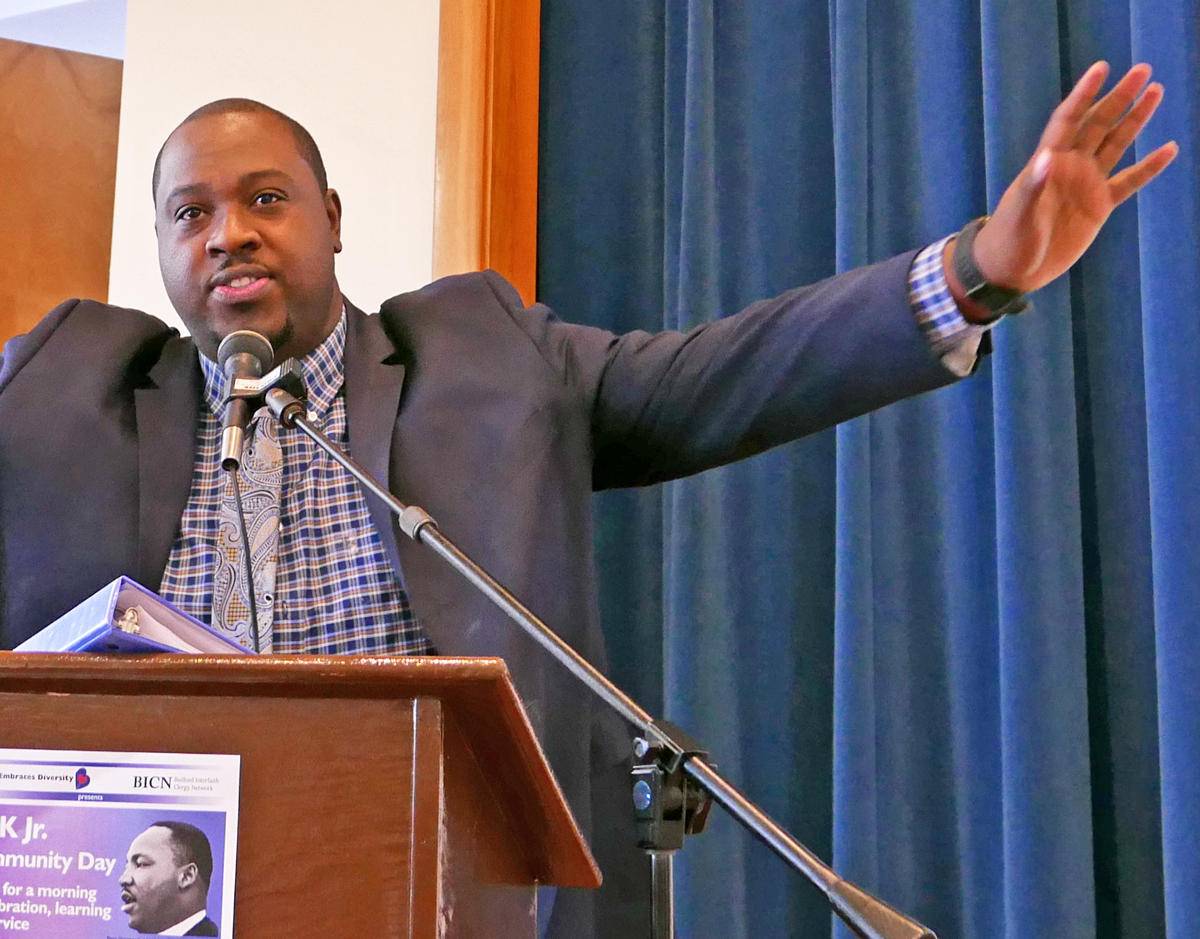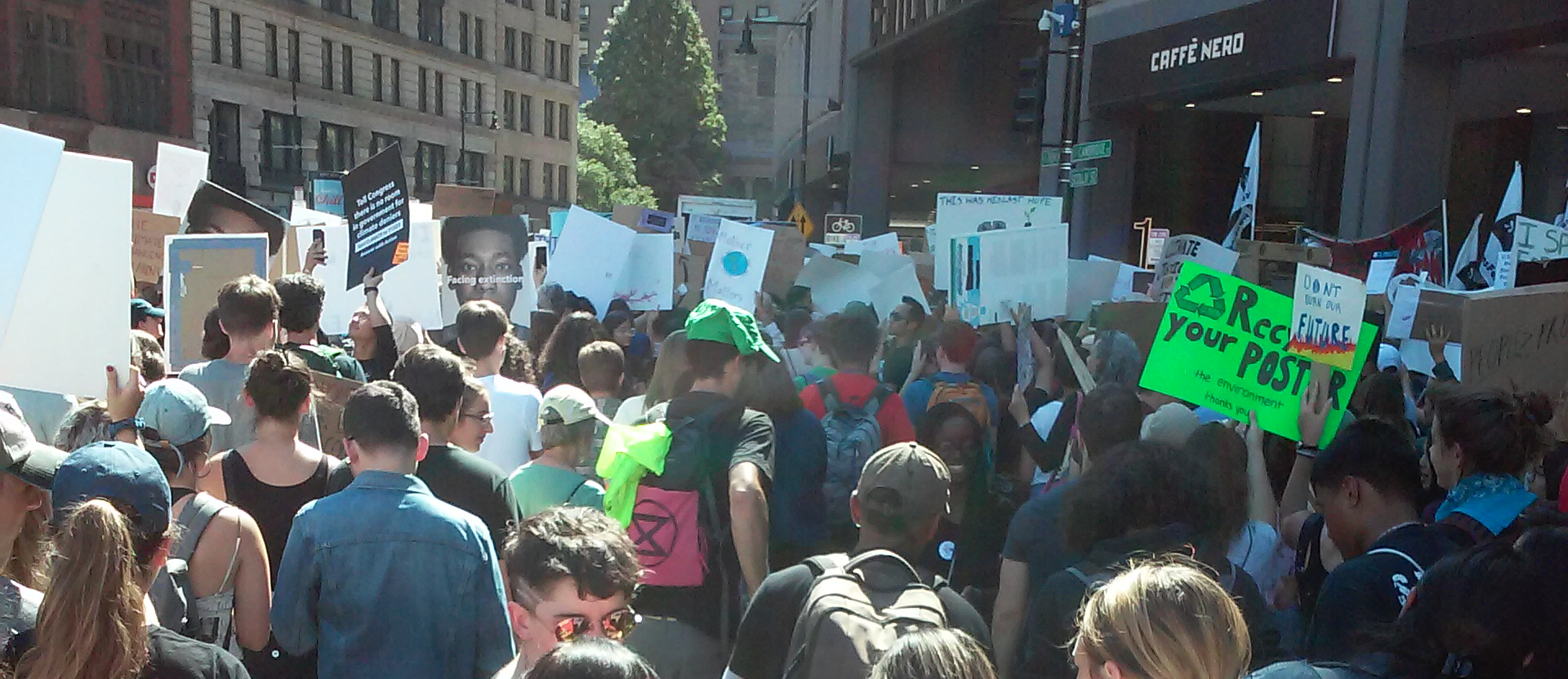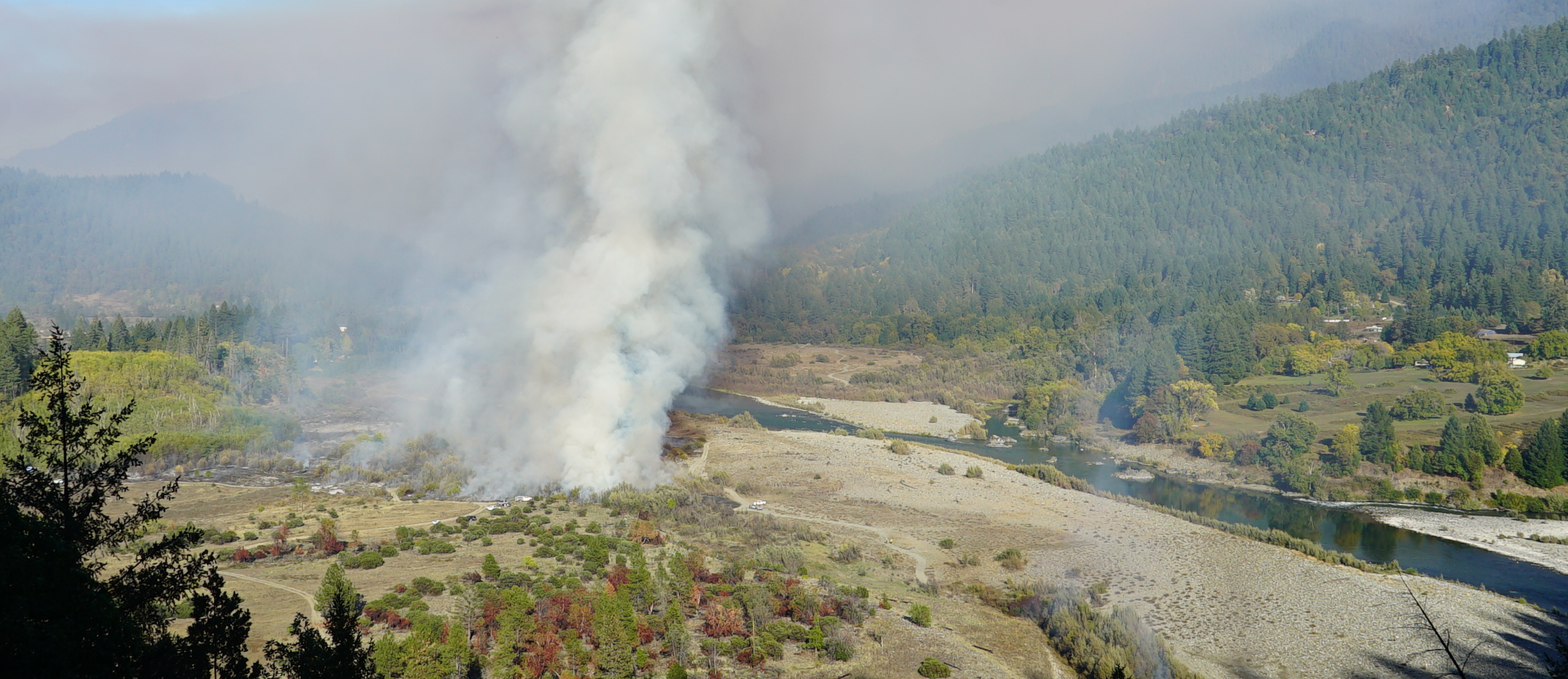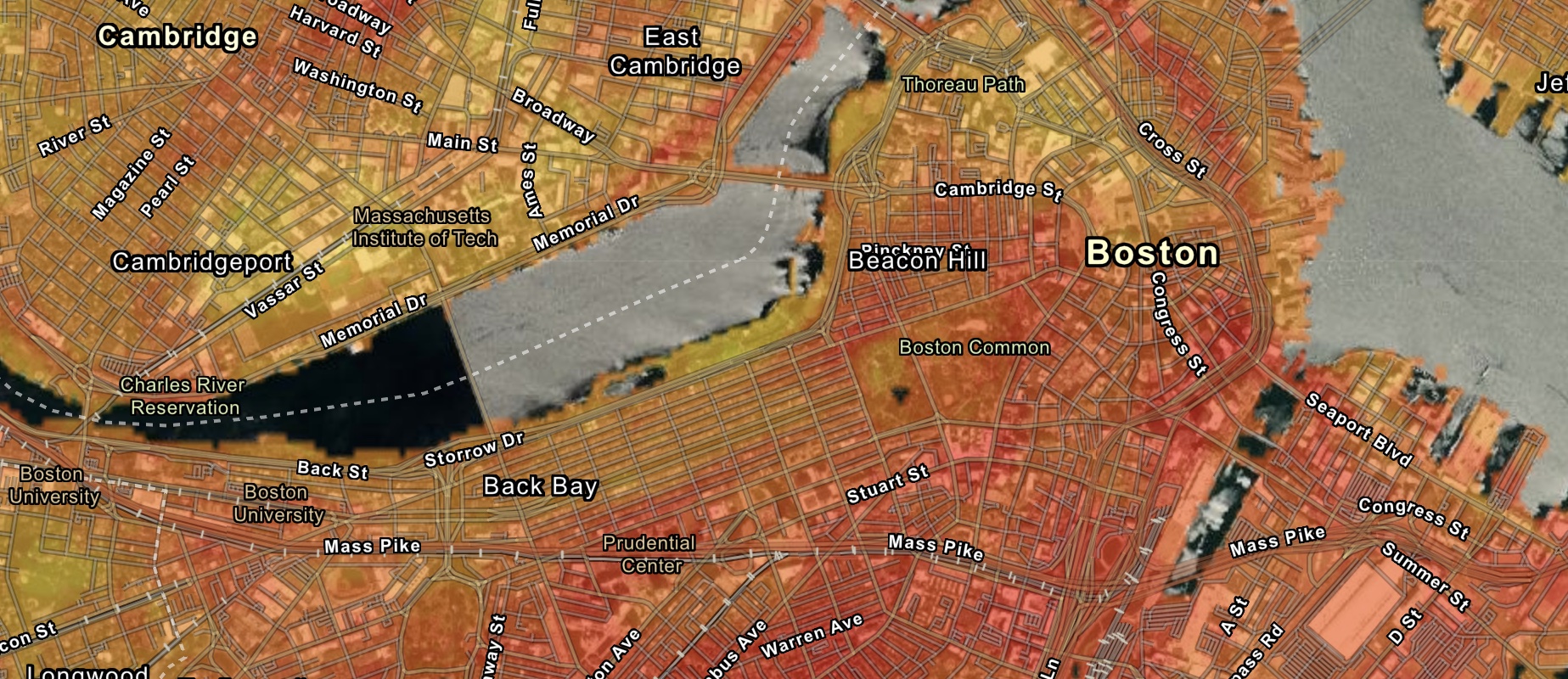In order to document and describe environmental injustices, we need information about the world around us—both about the natural environment and about where and how people live and work. Without these forms of evidence, we might never know that environmental hazards are borne unequally, and it would be even more difficult to challenges those injustices through legal, regulatory, and political action. The geographic data that goes into maps and spatial analysis is therefore crucial to advancing the work of environmental justice. In this section, you’ll find a rotating selection of maps that show how data is being used to shine a light on where environmental injustices are occurring. Although data can offer powerful testimony, it still requires caution in order to understand what it means to measure complicated social questions like marginalization or vulnerability.
A Shared Problem, an Unequal Burden: Causes & Consequences of Climate Change
Norman B. Leventhal Map & Education Center
2022
Leventhal Map & Education Center

A City of Unequal Risks
Norman B. Leventhal Map & Education Center; Emily Bowe
2022
Leventhal Map & Education Center


Rev. Vernon Walker
Senior Program Manager of Communities Responding to Extreme Weather (CREW)
Social Resilience
Many maps dealing with environmental justice show the various ways that communities are at risk, from limited English proficiency to existing health conditions, based on different kinds of data sets. What is often missing is data about what makes communities resilient, which is, in part, the social capital that already exists in communities labelled as vulnerable. Reverend Vernon Walker is the Senior Program Manager of Communities Responding to Extreme Weather (CREW). Among other initiatives, CREW is working to identify existing community institutions that can become Climate Resilience Hubs, places for education and community support that help communities manage the climate emergency as well as leading studies to determine the amount and types of social connectedness in different neighborhoods.
“The best way to become climate resilient is through social resilience. In community, relationships are important… According to Eric Klinenberg’s study of the 1995 Chicago heat wave, he found that people that are connected to each other and residents that had a relationship with each other, that was the greatest indication of survivability during an extreme weather event. So, I would say that it’s in community that we can ensure that the most vulnerable among us survive extreme weather events as they become more frequent and deadly.”










